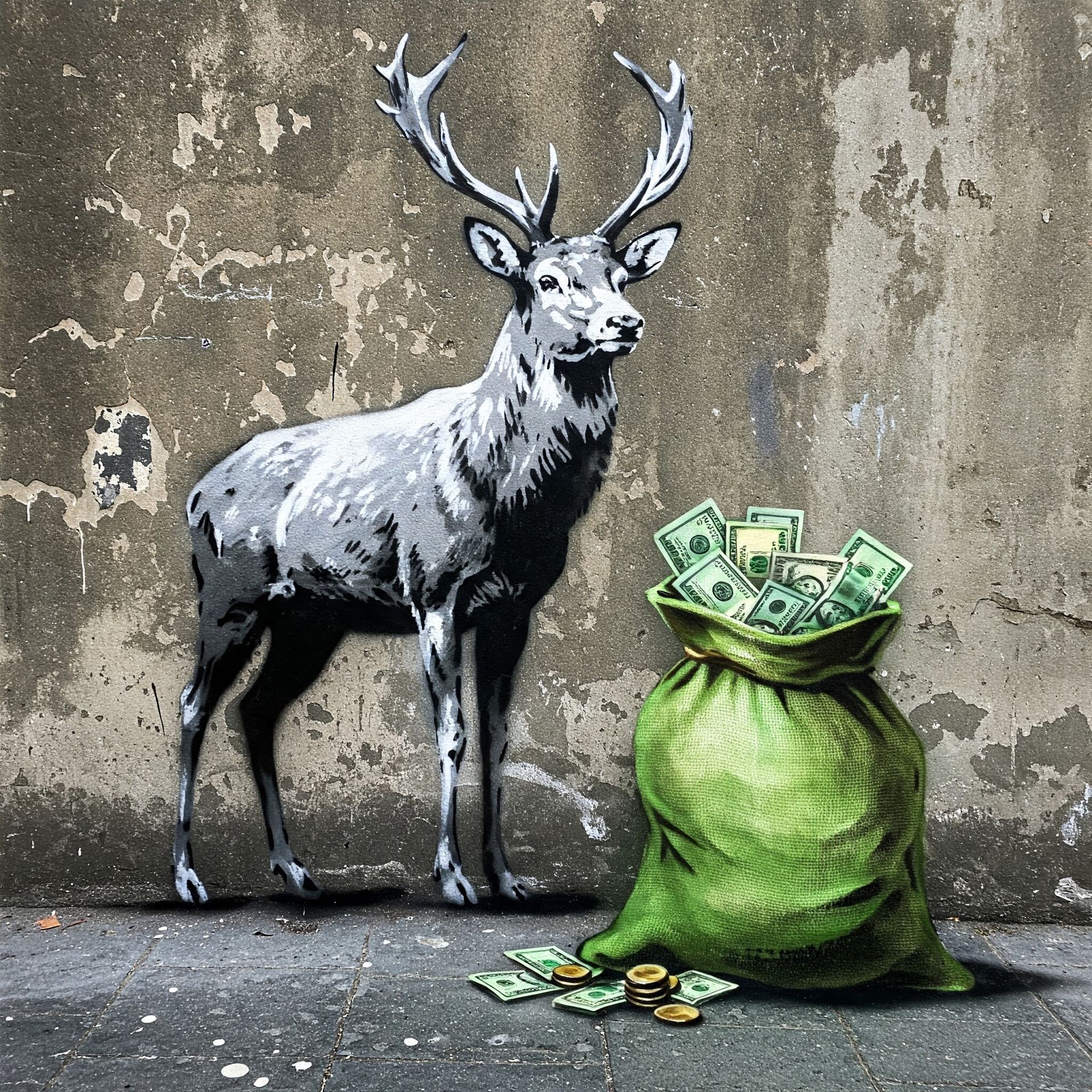Do you lead with Instinct, or Data?

Instinct is often cited as a fundamental quality among leaders. The reality is that a willingness to act decisively, based purely on gut, can only be as courageous as it is reckless, visionary as it is irresponsible and lucky as it is terminal. Sometimes, it has served us well and sometimes… less so. The difference between those two consequences is that we rarely hear of the catastrophes, the plays that have really hurt businesses and damaged lives of employees, rashly hired and subsequently fired.
One of the by-products of having a few "miles on the clock" within this reactive sector is that you gain “the privilege” to witness regular, cyclical moves and changes within the market. The current market volatility represents a perfect opportunity to share some of those scars.
Since becoming an advisor to founders, one of my early priorities was to try and introduce some science and discipline to complement Instinct within the decision-making process – when to invest in growth and when to cut discretionary spending, rationalise your Tech stack and protect the cash runway. In Blackjack parlance, when to Stick and when to Twist? Do you draw on your instinctive Vegas flair, or does the inner Rain Man overrule?
Purely personally, it made sense to compartmentalise a company’s journey into 3 distinct phases. Each phase requires a different set of objectives which can be reflected and measured using a dashboard. These data driven metrics will be customised to suit the business and they will guide us in terms of making better decisions at the right time and also gauge our progression to the next phase.
In my interactions with businesses, I label the 3 phases as follows:
1. Tune Up
- Typically, a business undergoing a turnaround, or an early stage build where maximising performance, conversion to profit and building, or rebuilding the war chest are key considerations
2. Scale Up
- We’re investing in growth. Profit is not ignored, but we’re in a phase of scaling around proven and emerging leaders, launching new ventures and potentially, new geographies
3. Build Up
- We’re 2-3 years off a capital event, so we target the pillars within the business that will maximise our capital value – we improve conversion to profit, for example, extinguish any dependency, enhance compliance ahead of due diligence and create a compelling platform for future growth
These phases are entirely bespoke as they also depend on 3 factors; the ownership’s ambition, external influences (such as the market) and internal influences (size, scalability, cash etc.). It’s also worth noting that companies, over a number of years, may oscillate between Tune Up and Scale Up before they commit to Build Up. I also believe that the level of discipline observed in Tune Up will directly impact how aggressively a business can Scale Up.
However you brand the phases, the key is just knowing what focus your business requires given the current performance and opportunity, essentially making more of the right decisions at the right time. Both within and immediately after tough periods of trading, the urge to hire staff and make your sales floor feel like you’re winning can be compelling. Your data can tell you whether it’s justified, or just another turn of the cards.
Twist…?



